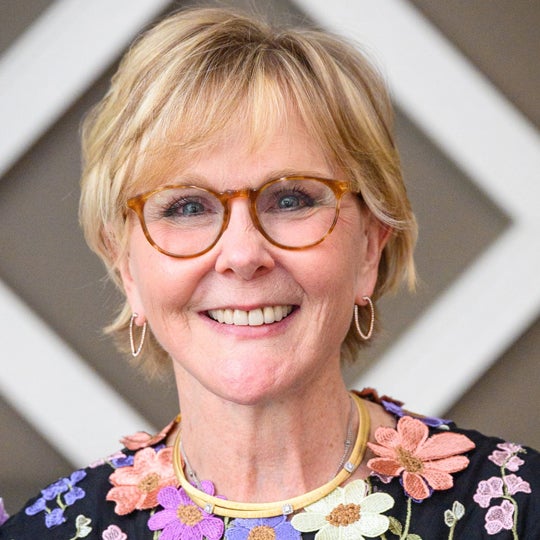Good Pitching Requires Balance

Last week, I was one of four judges for the 2011 Social Innovation Fast Pitch competition. Sponsored by Los Angeles Social Venture Partners, this event was the final step in a process designed to help nonprofits tell their story more powerfully and succinctly.
Earlier this year, 103 nonpr
ofit organizations applied to the competition. From this group, 20 semi-finalists were invited to participate in a two-month workshop to help them fine tune their skills. How did that happen? Forty volunteer business leaders volunteered to mentor and train the semi-finalists to become masters at communicating their mission and impact. Finally, ten finalists were selected and given three minutes to present their best pitch and compete for more than $100,000 in awards.
As I watched ten finalists tell their stories, I knew that the competition made perfect practice for anyone who wants to attract assets to their cause. To effectively tell your nonprofit’s story, the first challenge is fully understand your mission and to be able to explain in a short compassionate – and accurate manner. You need to be able to summarize a large amount of information. If you’re a new group, you have to explain your inspiration, vision and strategy. An established organization may have years of results to share.
Passion for the cause and human-interest highlights can make hard data come alive but it can’t replace it entirely. So you have to be facile with facts and reinforce the impact you are having. A complete story works best.
You need to know which part of your story works best, which facts underscore your effectiveness and how to weave facts and mission and human stories together. It was clear that three minutes was enough time for these nonprofit leaders to tell a compelling story and provide key facts.
In this competition, everyone did a remarkable job of achieving balance. In fact, they made it difficult to select. But like real life, money is a finite resource and someone had to win. Caroline Kunitz, representing L.A. Diaper Drive, earned both the Judges' Award of $20,000 and the LASVP Investee Award. The latter includes an initial investment of $20,000 as well as continued funding and capacity building support from LASVP. Other winners were Ezequiel Olvera, from the Gumball Foundation and Karen Van de Laat, from Get on the Bus.
I learned from someone at LASVP that, in the aftermath of the competition, one runner up received unexpected resources from a generous donor in the audience. Making your case clearly and persuasively in front of the right group can attract resources and also bring excitement and other kinds of support to great missions.
Photo: In the Mo for Annenberg Foundation

